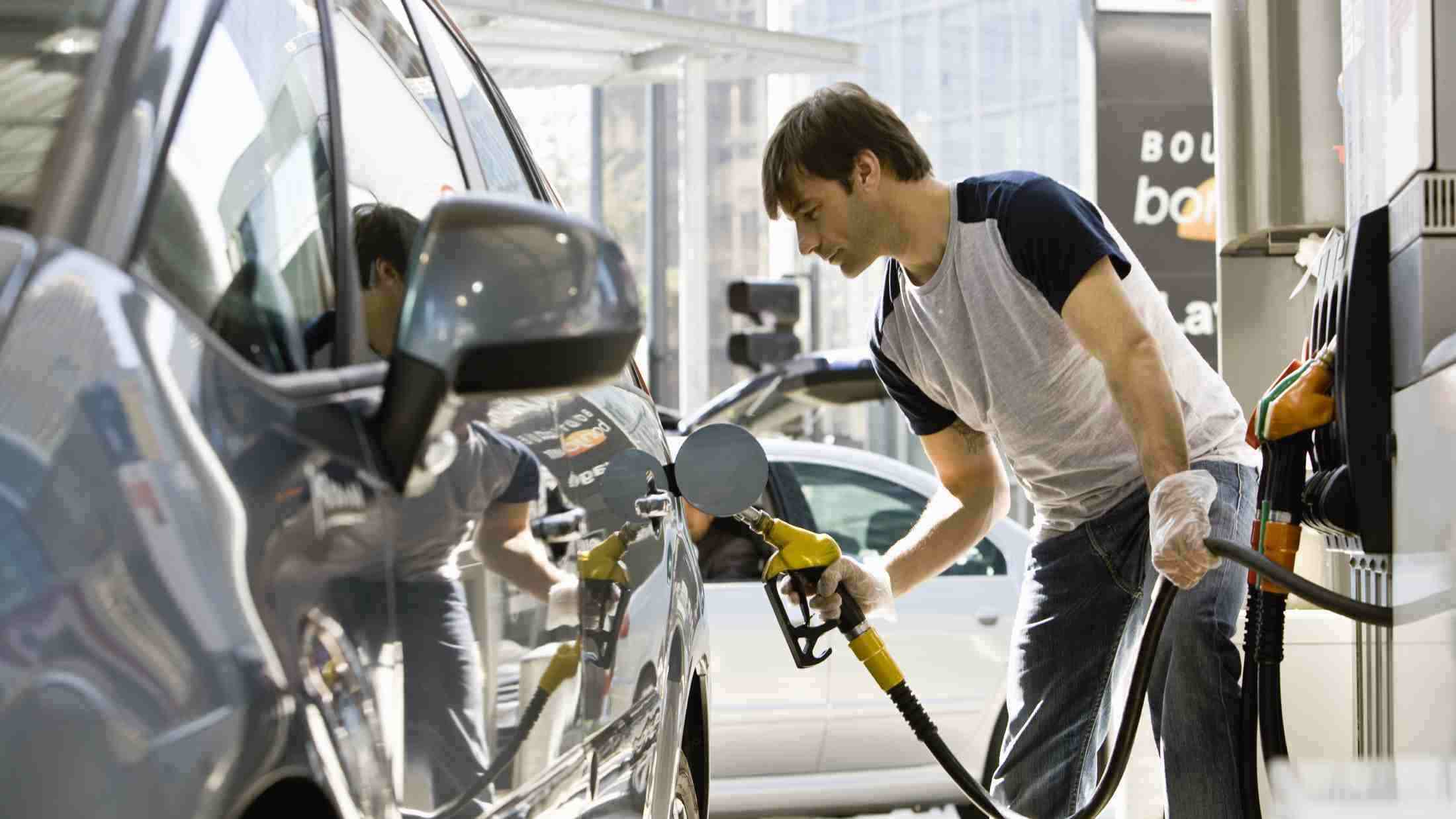If you’ve driven on a motorway recently, you’re likely to have come across a stretch of smart motorway.
Highways England have developed these to manage traffic without the usual cost and time constraints of a traditional motorway, by avoiding the need to build additional lanes, as smart motorways often have no hard shoulder. This has created quite a bit of controversy, with many members of the public believing they cause unnecessary danger to life.
From what a smart motorway is, what signs to look out for, and tips if you break down on one, our handy guide will give you everything you need to know next time you travel on one:
- What a smart motorway is
- What the signs mean
- If they are dangerous
- What to do if you breakdown on one – including telling your breakdown and car insurance company
What is a smart motorway?
A smart motorway is a section of motorway that uses traffic management methods to manage the flow of traffic, responding in real-time to congestion, roadworks and accidents.
They differ from other motorways by using CCTV, radar and sensors to assess the traffic, and then put in place speed restrictions and lane closures if they spot any accidents or congestion. They open up the hard shoulder to use as an extra lane.
Highways England has a map of all the smart motorways in England.
Smart motorway signs
Smart motorways give motorist’s information using overhead signs, which are usually separated into two categories:
Individual lane signs – These are small, mounted signs over each lane, letting drivers know if a lane is open or not. They either display a Red X (closed) or the speed limit (open). There is traffic enforcement if drivers fail to comply with these - so a word of warning, you could be fined.
Large overhead signs – These normally display more complex messages, such as “expect delays” ahead, or “slow down” etc. They provide information applying to the whole road, not just a specific lane.
Are smart motorways dangerous?
The government recently announced that new all-lane smart motorway schemes will be paused until 5 years of safety data has been collected, after calls to scrap them from the Transport Committee due to safety concerns.
However, Highways England launched numerous campaigns to educate drivers on how to use smart motorways. They’re also increasing the implementation of Emergency Refuge Areas (ERAs), which offer relative safety for broken down vehicles.
What to do if you breakdown on a smart motorway
You should try to use an Emergency Refuge Area (ERA) if you can reach one safely. Once there, leave the vehicle carefully and stand behind the safety barrier, if there is one. Even if it’s raining, cold or dark, keep well away from your car and moving traffic. Use the emergency phone in the ERA to contact Highways England, as well as your breakdown provider and car insurance company.
If you can’t reach an ERA, or you are stranded in a live lane, stay in your vehicle with your seatbelt still fastened, and your hazard lights on. Dial 999 immediately, to make them aware, so they can adjust the smart motorway to show the closing of the lane you’re in. Make sure you also call Highways England, your breakdown provider and car insurance company.
The future of our motorways
Hopefully this guide has helped you understand more about smart motorways, and what to do if the worse happens and you find yourself breaking down on one.
Although there are concerns over smart motorways, Highways England has pledged to invest £900 million to ensure drivers feel safer while on them. So love them or hate them, for now it seems smart motorways are here to stay.
And, if you’re looking for car insurance cover, check out AXA to ensure your car is always protected from whatever might lie on the road ahead.











